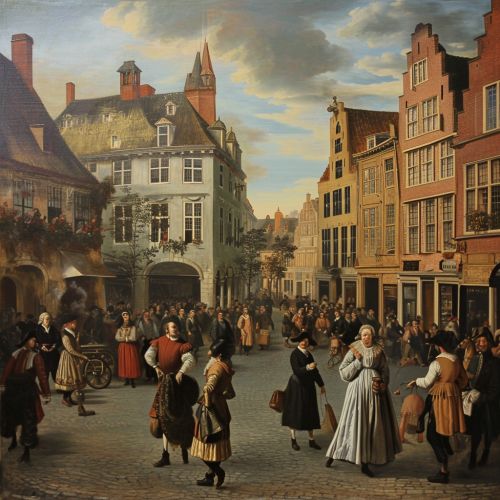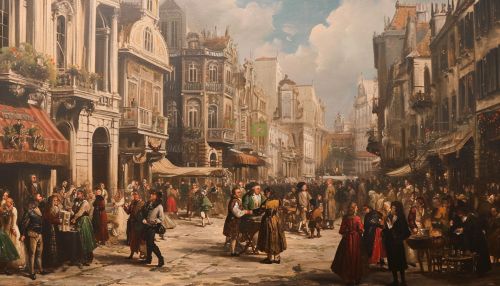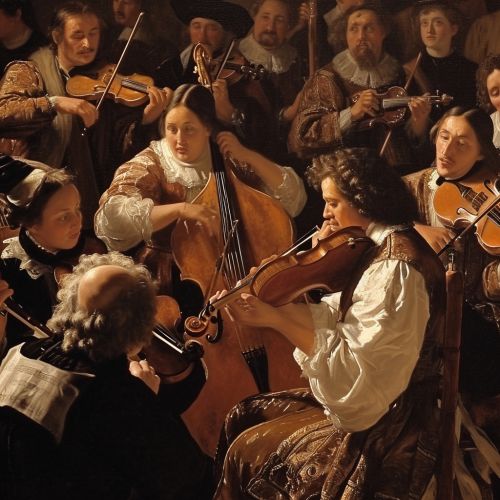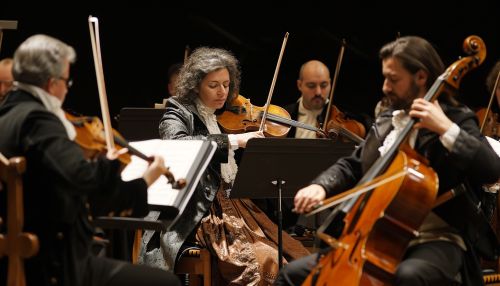17th Century Figures Discussion
Early 17th Century Figures
The 17th century, spanning the years 1601 to 1700, was a period of significant change and development in the world. This era witnessed the emergence of many influential figures who left indelible marks on various fields, such as science, philosophy, politics, and arts.


One of the most notable figures of the early 17th century was Galileo, an Italian astronomer, physicist, and engineer. Galileo's pioneering work in observational astronomy, including his discovery of Jupiter's four largest moons, revolutionized the field and laid the groundwork for future scientific advancements. His advocacy for heliocentrism, the astronomical model in which the Earth and planets revolve around the Sun, was a significant contribution to the scientific revolution.
In the realm of philosophy, Descartes emerged as a prominent figure in the early 17th century. Known as the father of modern philosophy, Descartes' philosophical ideas, particularly his method of systematic doubt and his dualism theory, have had a profound influence on Western philosophy. His famous proposition, "Cogito, ergo sum" ("I think, therefore I am"), remains one of the most well-known philosophical statements.
Mid 17th Century Figures
The mid 17th century continued to be a period of significant intellectual and cultural development. This era was marked by the rise of several influential figures, particularly in the fields of science and literature.


In the scientific domain, Newton and Boyle were two of the most prominent figures of this period. Newton, an English mathematician, physicist, and astronomer, is widely recognized for his laws of motion and universal gravitation. His work in physics and mathematics laid the foundation for classical mechanics and significantly influenced the scientific revolution.
Boyle, on the other hand, is known as the father of modern chemistry. His work, including Boyle's Law, which describes the inversely proportional relationship between the absolute pressure and volume of a gas, significantly contributed to the development of the scientific method in chemistry.
In the literary world, Milton was a key figure during the mid 17th century. His epic poem, "Paradise Lost," is considered one of the greatest works of literature in the English language. The poem's exploration of complex themes such as the nature of evil, free will, and redemption has had a profound influence on English literature and beyond.
Late 17th Century Figures
The late 17th century was a period of continued intellectual and cultural growth. This era saw the rise of several influential figures in various fields, including philosophy, music, and politics.


In the philosophical realm, Locke was a key figure during the late 17th century. Known as the father of liberalism, Locke's political philosophy, particularly his theories of government and individual rights, significantly influenced the Enlightenment and the development of modern political thought.
In the world of music, Bach and Vivaldi were two of the most prominent figures of this period. Bach, a German composer and musician, is widely regarded as one of the greatest composers in the history of Western classical music. His compositions, including the Brandenburg Concertos and the Goldberg Variations, have had a profound influence on the development of music.
Vivaldi, an Italian composer, is best known for his violin concertos, particularly "The Four Seasons." His music, characterized by its vibrant melodies and rhythmic energy, significantly contributed to the development of the Baroque style in music.
In the political sphere, Louis XIV of France, also known as the Sun King, was a dominant figure during the late 17th century. His reign, which lasted for over 72 years, was marked by absolute monarchy and the centralization of power. His policies significantly shaped the political landscape of Europe during this period.
